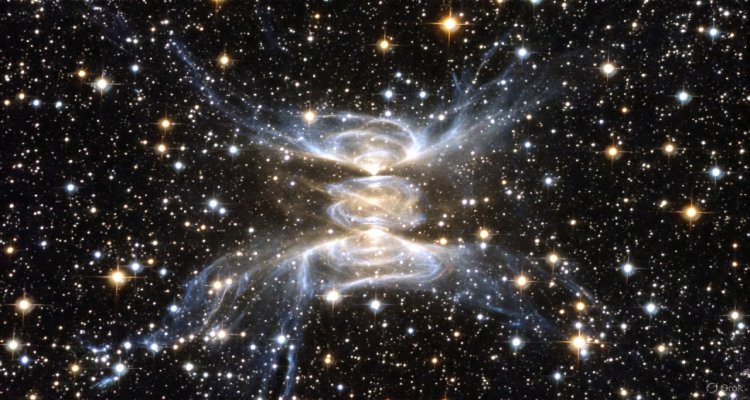Are We Entering the Post-Hollywood Era? Streaming’s Invisible Collapse
As streaming platforms face subscriber fatigue, rising costs, and creative stagnation, Hollywood’s dominance may be ending. Is a post-Hollywood era coming?
Introduction: The Slow Fade of Hollywood’s Brightest Lights
For decades, Hollywood symbolized the beating heart of global entertainment. From glamorous red carpets to billion-dollar blockbusters, it shaped culture and defined storytelling. But as 2025 unfolds, cracks in the system are no longer just visible—they’re widening. Once hailed as the saviors of cinema, streaming giants now face a reckoning. Subscriber growth is stalling, content spending is shrinking, and audiences are tuning out. The question looms: Are we quietly stepping into a post-Hollywood era?
Context & Background: The Rise and Fall of Streaming Glory
The streaming revolution was supposed to redefine entertainment forever. Netflix, Disney+, Amazon Prime, and dozens of smaller players promised unlimited access to content—anytime, anywhere. At its peak, the model seemed unstoppable. Hollywood studios restructured their business models, cinema chains braced for extinction, and millions of subscribers cut the cord on traditional cable.
But as the dust settled, the cracks began to appear. Subscription fatigue, rising production costs, and a saturation of mediocre content started eroding the very promise that once made streaming irresistible. Unlike the golden age of Hollywood, where fewer films carried immense cultural weight, today’s fragmented ecosystem struggles to produce cultural moments that unite audiences.
Main Developments: The Invisible Collapse of Streaming
The decline isn’t dramatic—it’s quiet, almost invisible. Instead of spectacular bankruptcies, we see slow erosion:
- Subscriber Stagnation: Netflix, once the untouchable leader, is losing ground in key markets. Disney+ has cut back on ambitious content plans. Smaller platforms like Paramount+ and Peacock are struggling to stay relevant.
- Escalating Costs: Hollywood blockbusters that once justified massive budgets no longer guarantee returns. Even hit shows can’t always offset billion-dollar deficits.
- The Content Glut: Audiences face an overwhelming library filled with disposable content. Quality storytelling is diluted, making it harder for individual shows or films to leave a lasting mark.
- Theatrical Comeback: Ironically, movie theaters—once thought doomed—are showing resilience. Select blockbusters and independent hits are proving that audiences still crave communal, cinematic experiences.
Together, these factors hint at a structural shift. The Hollywood model—built on hype, mass culture, and dominance—is losing its cultural monopoly.
Expert Insight & Public Reaction
Entertainment analysts warn of a looming correction. According to media strategist Karen Liu, “We’re not seeing the death of Hollywood, but rather the end of its global dominance as the sole cultural driver. The next era may be fragmented, decentralized, and shaped by diverse creators outside Los Angeles.”
Meanwhile, audiences themselves are becoming more vocal. Social media sentiment reveals growing frustration with repetitive storylines, endless sequels, and rising subscription costs. Younger viewers, especially Gen Z, are spending more time on TikTok, YouTube, and gaming platforms—areas where Hollywood has little control.
Public forums echo a similar thought: streaming no longer feels revolutionary. It feels like cable 2.0—expensive, segmented, and uninspiring.
Impact & Implications: A Post-Hollywood Future?
If the streaming bubble bursts, what fills the gap? Several possibilities emerge:
Regional Storytelling Rises: South Korean dramas, Indian cinema, and African creators are already commanding global attention. The cultural monopoly once held by Hollywood is weakening.
Hybrid Models: Theaters, streaming, and interactive platforms may coexist in new ways. Rather than competing, industries could collaborate to meet shifting audience demands.
Creator-Led Platforms: Direct-to-consumer storytelling may flourish, with independent creators bypassing traditional studios to build audiences on digital platforms.
Economic Realignment: As budgets tighten, Hollywood may prioritize fewer but higher-quality productions—echoing earlier studio-era practices.
For workers in the industry—actors, writers, crew members—the transition could be turbulent. Strikes in recent years already exposed cracks in compensation structures. If streaming revenues falter, so too will job security.
Conclusion: Beyond the Silver Screen
The world may not witness a dramatic “end” to Hollywood, but the system that defined global storytelling for over a century is undeniably shifting. The invisible collapse of streaming signals not just a financial crisis but a cultural one. Audiences are no longer passive consumers—they’re participants, critics, and creators themselves.
If the post-Hollywood era has indeed begun, it won’t be marked by one final blockbuster or a single failed platform. Instead, it will unfold gradually, as the center of gravity in global entertainment shifts from Los Angeles to a more decentralized, diverse, and audience-driven landscape.
For viewers, this could mean richer stories, more cultural voices, and a broader definition of what it means to be entertained.
Disclaimer : This article is for informational purposes only. It does not constitute financial, business, or investment advice.











